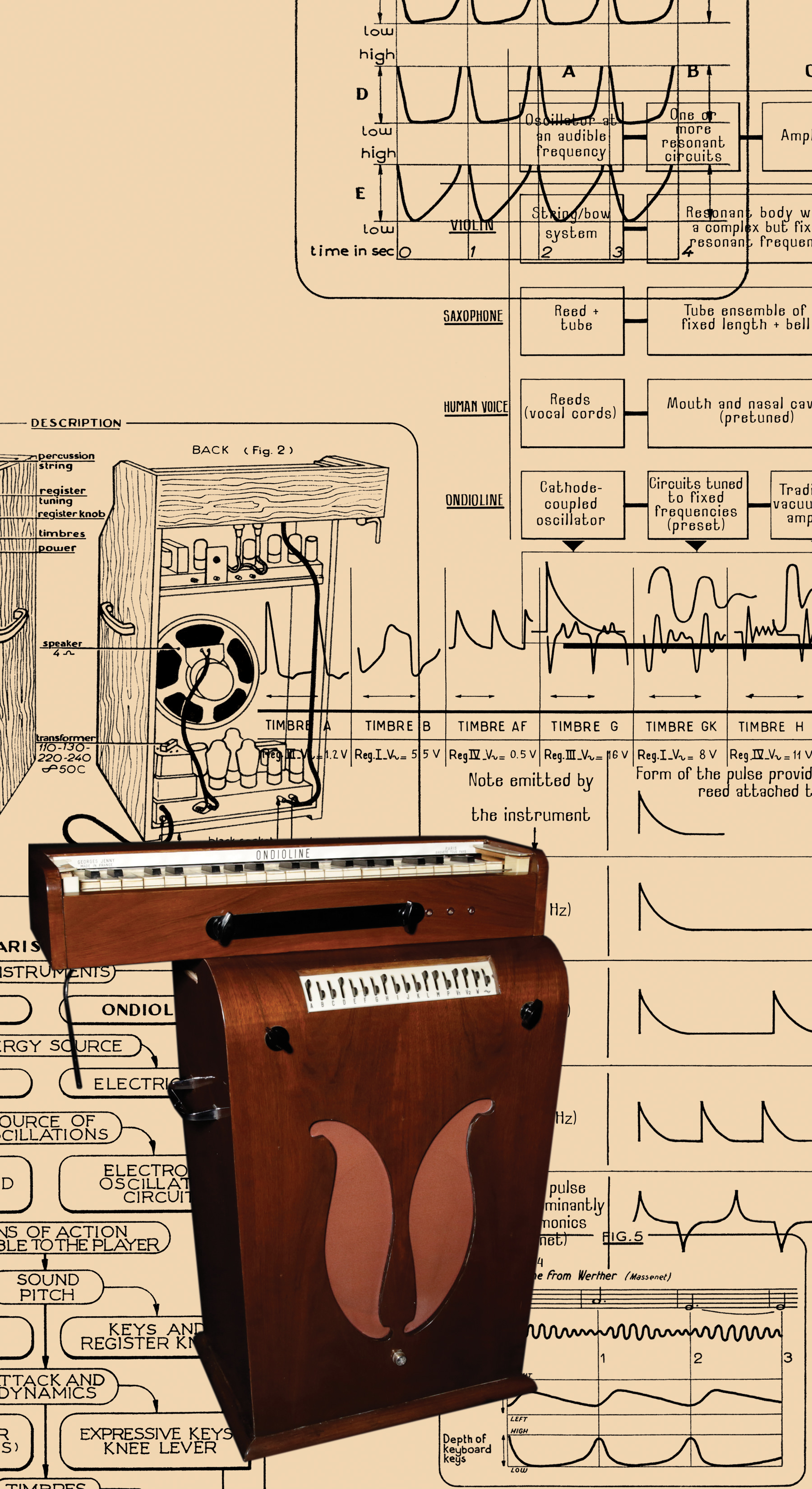After focusing on making microphones for 50 years, our Australian friends at RØDE have just released the AI–1 single-channel, high-resolution (24–bit, 96 kHz), portable interface. The Complete Studio Kit includes the AI–1, along with RØDE's new NT1 large-diaphragm condenser mic (with shockmount, pop filter), as well as XLR and USB cables. You even get a free download voucher for Ableton Live Lite. No need to go back to the big-box stores to hunt for cables to start working. It's a portable studio in a box that's ready to go. The only thing missing is a set of headphones.
The sturdy, black anodized metal AI–1 interface is about the size of a standard BOSS or Ibanez guitar pedal — maybe a tad heavier. Its faceplate is simple and easy to read. There's a Neutrik Combo jack for XLR mic or 1/4'' instrument/line–level input, a 1/4'' headphone jack, and two knobs to control preamp and headphone levels. Pushing the preamp knob toggles phantom power, and a smart little LED indicates that +48 V is active. An equally small, but easy to read, multi-colored LED indicates input signal, turning red for overloads. Pushing the headphone knob enables input monitoring — indispensable for zero-latency overdubbing. The rear of the unit sports a single USB Type–C connection (the AI–1 is bus powered) and a pair of TRS output jacks. Note that plugging in headphones defeats the rear outputs for muting your speakers. The bottom surface of the AI–1 is molded in non-slip rubber.
Integrating the AI–1 with my laptop and DAW was hands down the quickest, most trouble-free experience I've ever had with interface setup; it's class-compliant, so there are no drivers to install, and the included "dummy-proof" Quickstart Guide has more pictures than written instructions. (An optional ASIO driver for Windows can be downloaded.) For most, the only challenges will be setting sound preferences and learning how to use a mic. Headphone playback was crystal clear and indicator LEDs were easy to see, despite their tiny size. Controls are solid and well built. RØDE's quiet, detailed preamp boasts 45 dB of gain with more headroom than you'd expect for a device that can fit in the palm of your hand. Keep an eye on the AI–1's level indicator; if it hits red even a little, you're pooped — so use the headroom to your advantage! The RØDE's DI input was surprisingly clean, while its low-noise, smooth-sounding mic preamp matched well with the kit's included NT1 mic.
The NT1 is an upgrade of the classic RØDE NT1–A [Tape Op #39], and it sounds surprisingly present, with a really "up front" sound. I'm hearing a bump around 8–10 kHz (so watch your sibilance). There's also a good amount of detail in the lower midrange for a mic in the NT1's price range, but with a noticeable proximity effect. It would have been a plus for RØDE to add a high-pass filter; after experimenting with the NT1, I found the mic voiced best when placed a tad farther from the source than I might with other LDCs. The NT1 is a quiet mic, with an impressive self-noise rating of 4.5 dBA. While I'm quoting specs, the mic's max SPL is specified as 137 dB. It held its own on loud sources like guitar amps, without the need for a pad in some instances.
To my ears, the NT1's character seems very modern, with a slightly scooped midrange. The included Rycote Lyre shockmount with a detachable, double-screen, metal pop filter is probably my favorite feature of the NT1. In addition to being one of the most durable shockmounts I've ever used, it's super easy to adjust, with a large, thumb-twist-swivel-lock that doesn't get in the way of the mic stand. Popping the pop filter on/off is a snap. Many manufacturers are "cheaping out" on shockmounts; the NT1's included accessory is a breath of fresh air in that regard!
We had a great time multitracking songs with the Complete Studio Kit! The AI–1's best assets are its sturdiness, simplicity, and size. It's so fun to use because the interface's modesty and intuitive design renders it nearly transparent in the creative process. The NT1 is a bona fide studio mic. Each piece alone is worth the price of the whole, so you're getting a big deal here with the accessories thrown in and a DAW for free. My only beef with the RØDE Complete Studio Kit is that there's no handle on the box.




_disp_horizontal_bw.jpg)